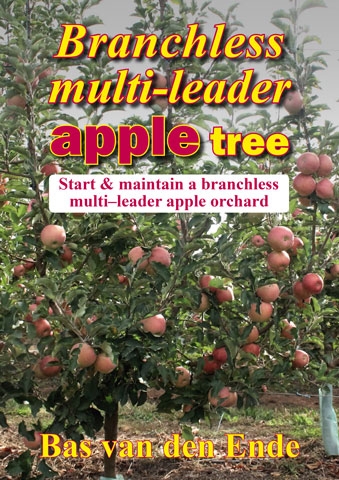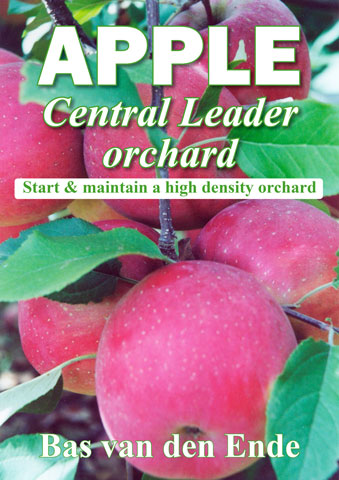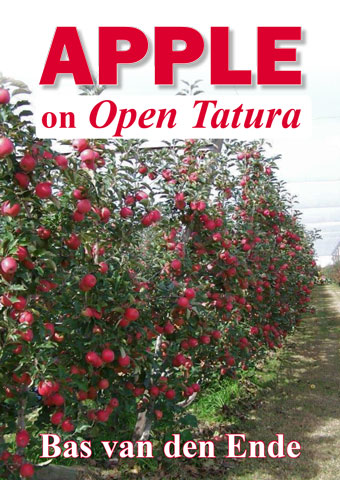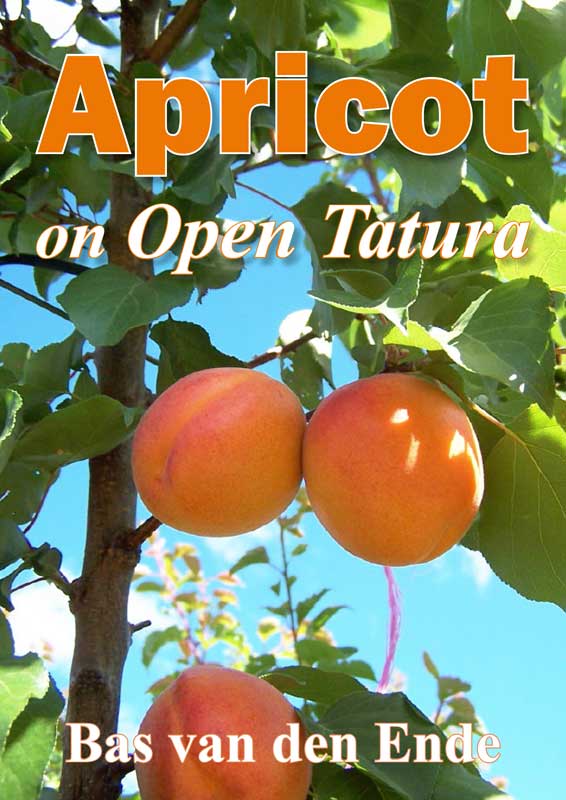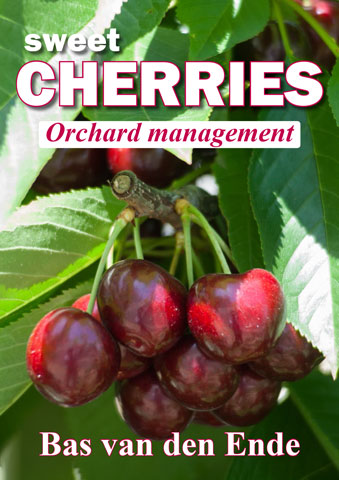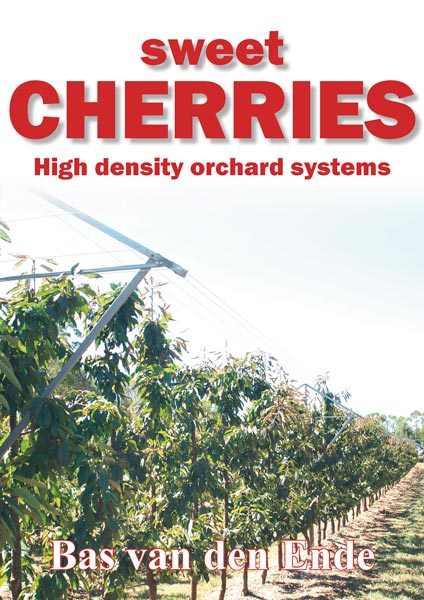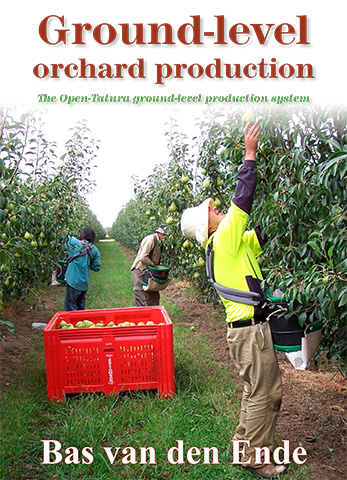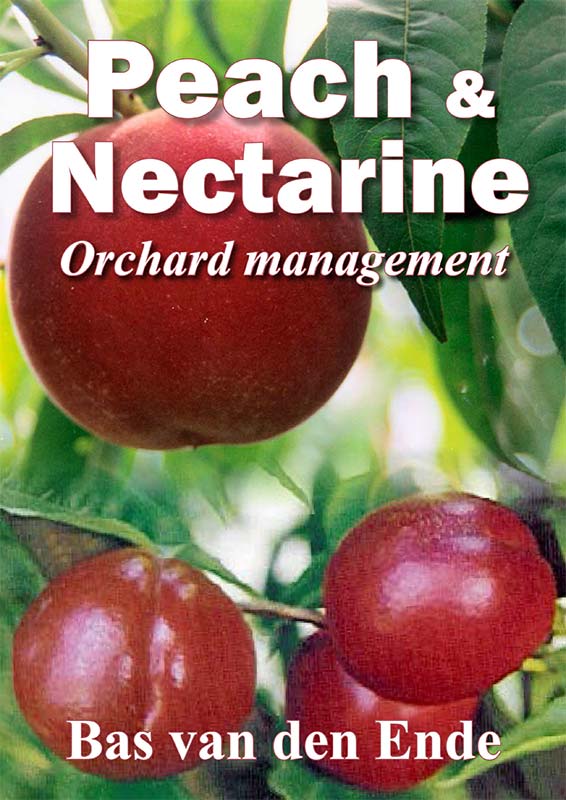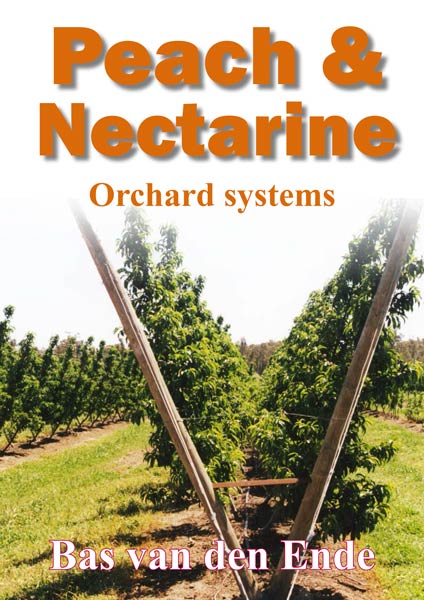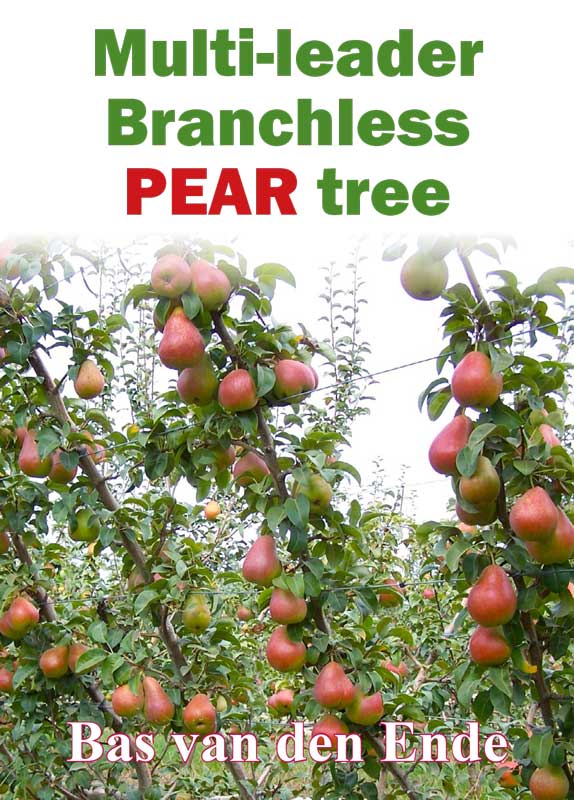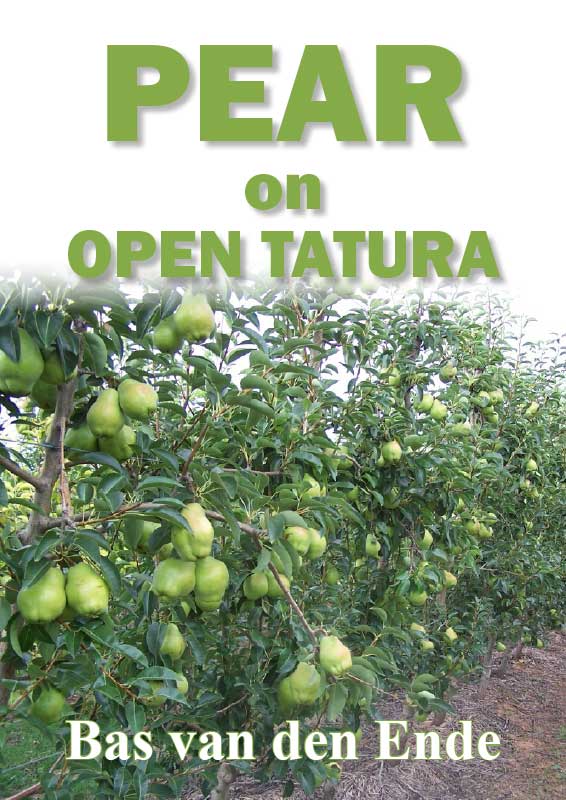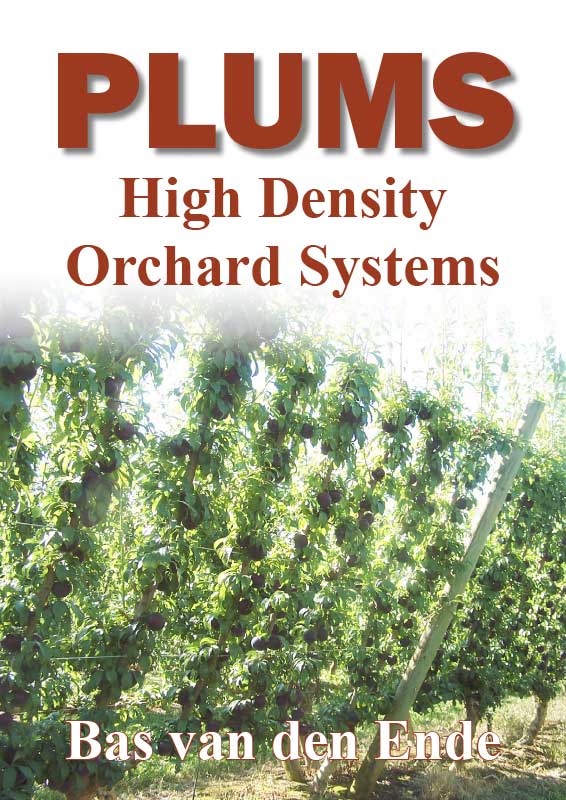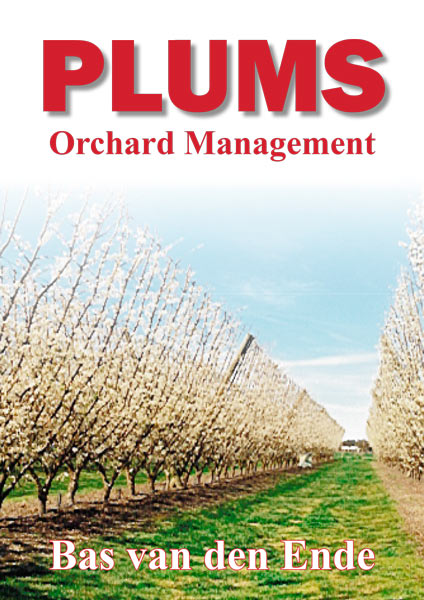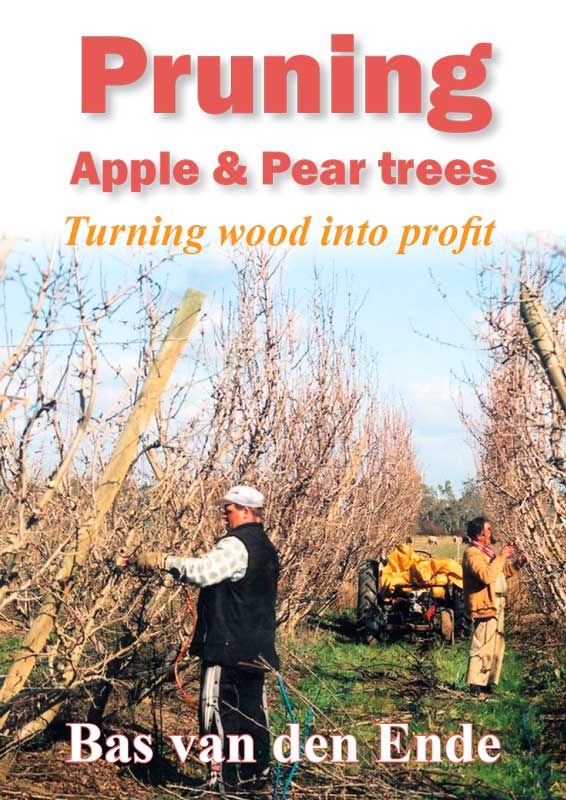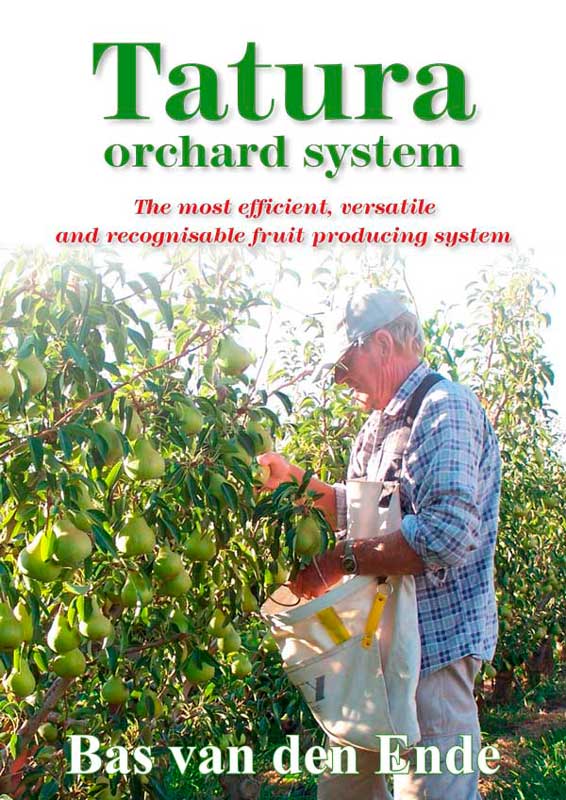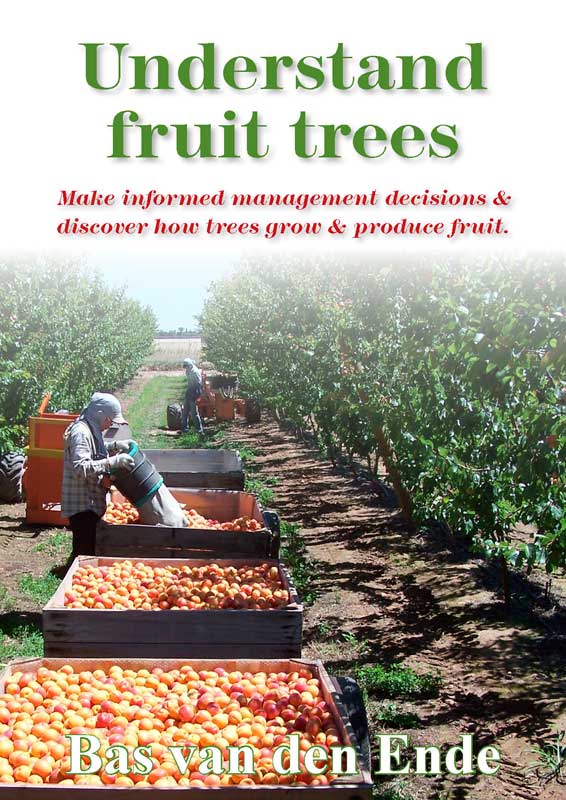What options these days do growers have to control mites ?
The short answer: same options as five years ago—it’s been that long since a new miticide entered the market.
There is now a serious need for some new chemistry to help with resistance management.
Anyway, hopefully we will see some new products enter the market in the next few years. Until then, orchardists will need to give careful consideration to their mite management programs.
IPM
Orchardists who practice integrated pest management (IPM) have fewer mite issues. IPM involves using miticides judiciously and looking after the natural enemies of mites such as predatory mites, stethorous and lacewings.
Resistance
Mites can be very damaging and difficult to control.
One of the main reasons they have been difficult for orchardists to control, is the mites’ ability to rapidly develop resistance to miticides.
We have three main mite species that can cause significant economic loss in orchards: Two Spotted Mite (TSM), European Red Mite (ERM) and Bryobia mite.
All thrive during hot dry conditions and can have up to eight generations per season. Each female TSM can lay 70 to 100 eggs which can hatch within 2 to 12 days depending on temperature.
Hot spots
It’s not always easy to explain why a patch within a block sometimes becomes heavily infested with mites.
Some factors that increase the risk include big old trees; a poor ratio of beneficial mites to TSM, ERM or Bryobia mites; spraying of chemicals that are toxic to natural predators; dust and/or hot dry weather.
Importance of predatory mites
If predatory mites, T. pyri, T. occidentalis and P. persimilis are present in an orchard, then it is important to understand which agrichemicals are toxic to them and minimise or eliminate their use in the spray program.
In addition to using miticides, growers can consider purchasing predatory mites and distributing them throughout the orchard.
Predatory mites are available in commercial quantities and can be an alternative to using a miticide if the predatory mites are introduced before two spotted mite numbers exceed economic thresholds (usually November–December) and weather conditions are favourable (predatory mite mortality increases during high temperatures and low humidity).
Monitoring
Monitoring mite numbers or presence is crucial for identifying if/when critical thresholds have been reached and to ensure the correct timing of miticide application.
If potentially damaging hot spots or blocks are identified early, then low rates of a suitable miticide can be used to assist IPM.
Suitable miticides
Not all miticides work the same way, for example some kill eggs only, some kill adults and nymphs, some have residual control, some have fumigating action in hot weather, and some are more effective on TSM than ERM or vice versa.
Rotate chemical groups
To help keep miticides for as long as possible, remember to rotate chemical groups and never apply consecutive miticides from the same group.
For more information, see the November 2012 Tree Fruit

